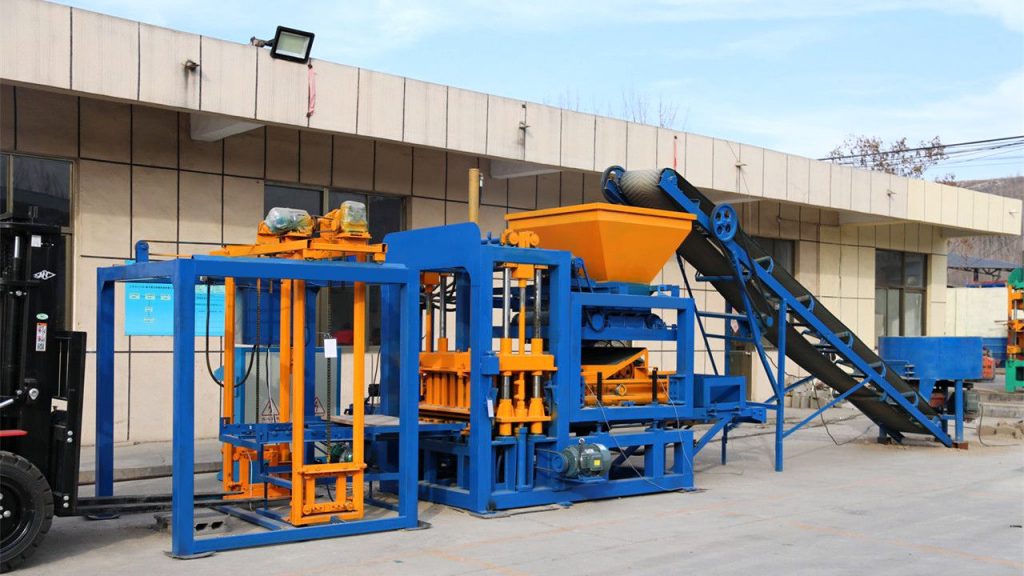
Concrete Brick
Concrete brick is the frequently used version of the brick, which was invented about 10,000 years ago and is sometimes produced from a mud-straw mixture and sometimes using clay. Following the brick technology to obtain stronger products by using pottery manufacturing techniques, brick has been used in many architectural works from structures built in ancient times to modern buildings.
Brick, clay tile and concrete brick are useful both visually and in terms of durability. It is also suitable for many construction jobs. The most important reasons why it has been one of the most preferred building materials for centuries is that it can be produced in various sizes and has high resistance even against very high pressure.
Properties of Concrete Brick
Buildings should be evaluated not only in terms of their functions but also in terms of their architectural and aesthetic features. A building made of concrete brick makes a very effective first impression on people. A viewer will need to look again, as it highlights the magnificence of the building. It also provides many advantages in terms of city planning and urban aesthetics.
In addition to its aesthetic properties, it is also used in the construction of concrete brick walls. Because it has a structure that creates a buffer against most external factors. For example, when used on the walls of houses, it largely blocks disturbing sounds such as traffic noise. It is resistant to fires and can reduce natural gas bills because of its low heat permeability.
Types of Concrete Brick
It can be produced in different varieties, as in brick, paving stone and concrete block products. It can be diversified not only in terms of size, but also in terms of color and pattern. Surface appearance can be customized. Smooth, sandblasted, stone patterned, etc. versions can be made. It can be manufactured from lightweight aggregate mixtures or aggregates used in standard concrete block production. Two different methods are used for coloring. In one, the concrete brick is colored by oxidation after it is produced; in the other, color pigments are added into the mixture from the very beginning.
Usage Areas and Advantages
● Structural uses: It can be hidden in materials such as plaster or paint. It can be used on both interior and exterior walls. It is also used to construct the roofs and floors of buildings.
● Decorative uses: The fact that it can vary in color and shape also provides opportunities for decorative use. It can be used in residences, commercial buildings, courtyards and driveways at the entrances of houses.
These examples can be given for different usage areas. Its advantages can be listed as follows:
● It is long lasting. It can be used for over a century without extra maintenance. It is not subject to rust, peeling, staining, rotting or abrasion.
● It provides energy efficiency. It has thermal properties that absorb heat and then release it. Hence, it keeps the interior cool in summer and warm in winter.
● It is environmentally friendly. Since it is made of organic materials and allows recycling, its negative effects on the environment are minimal.






